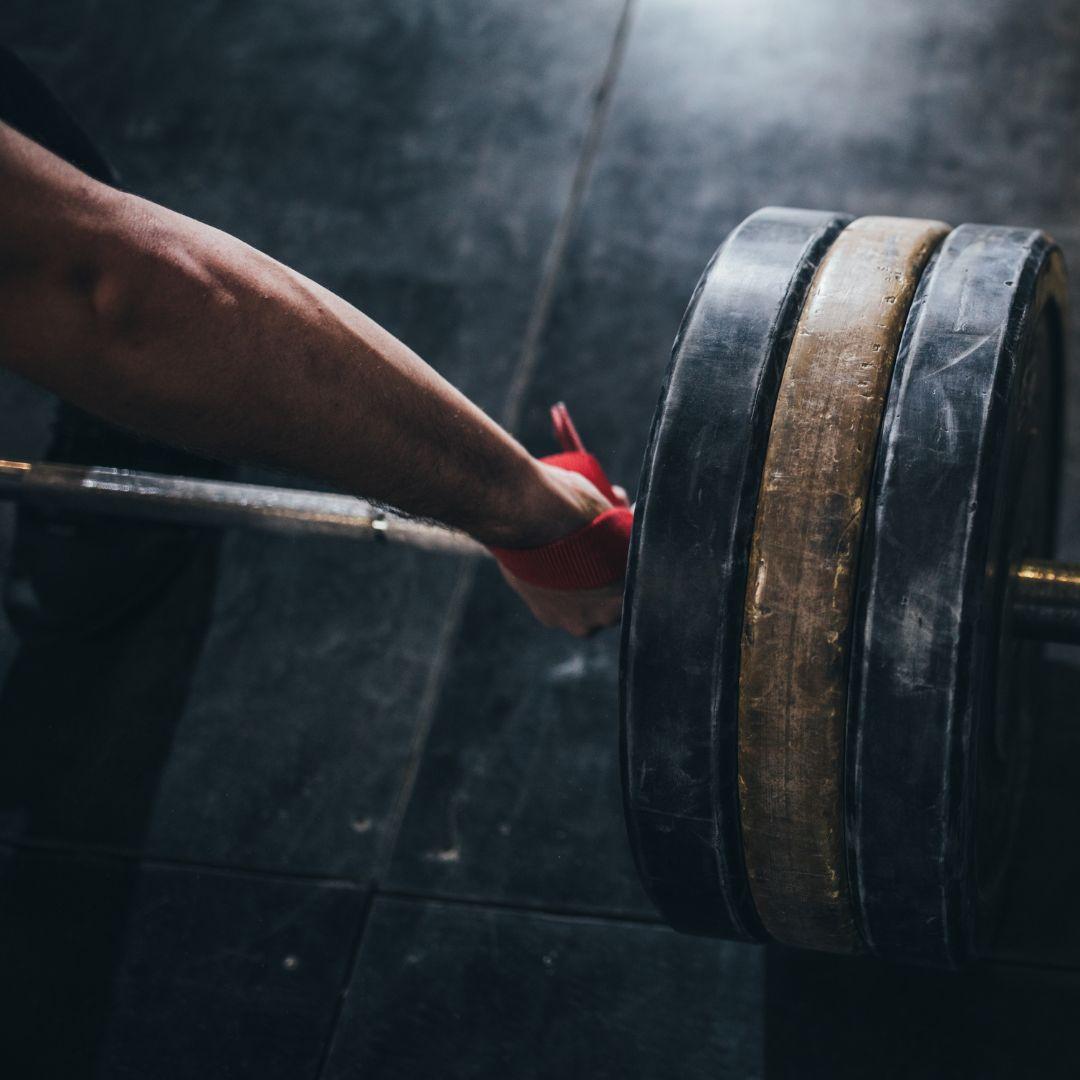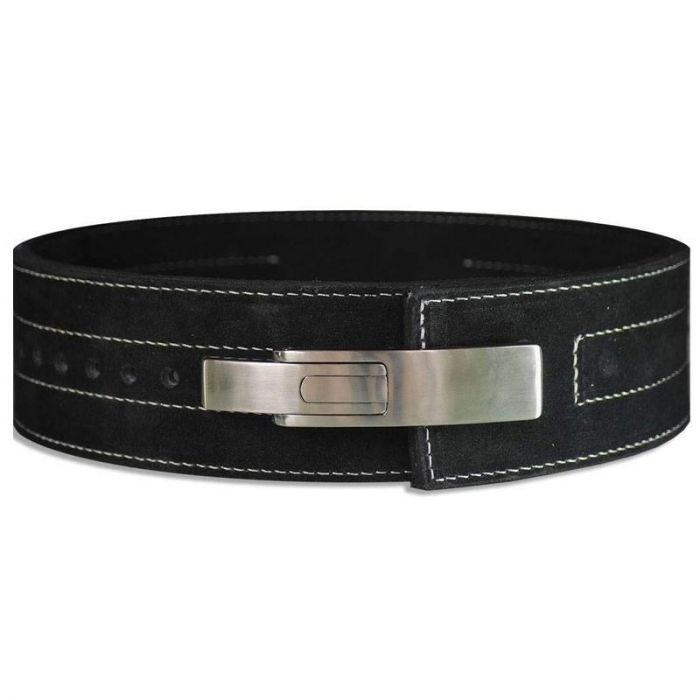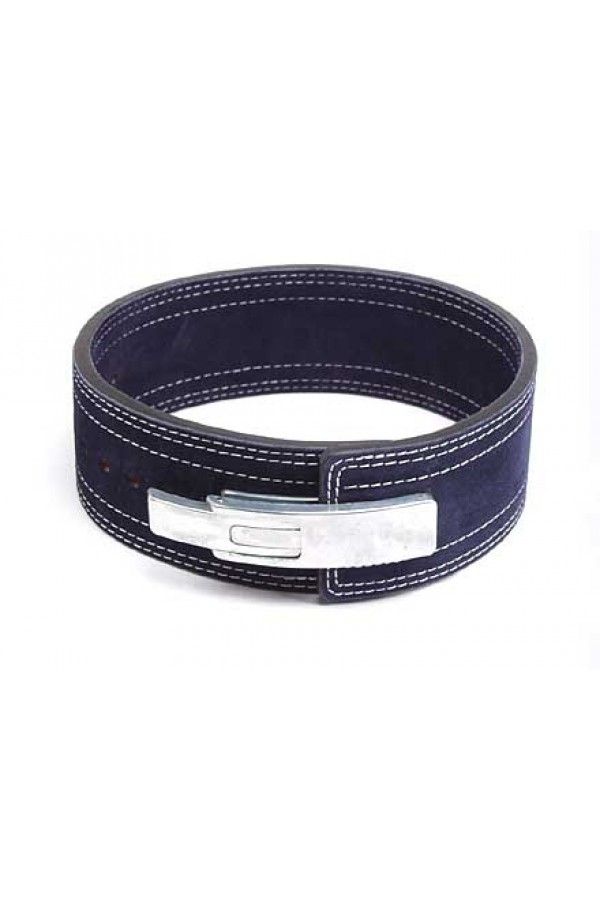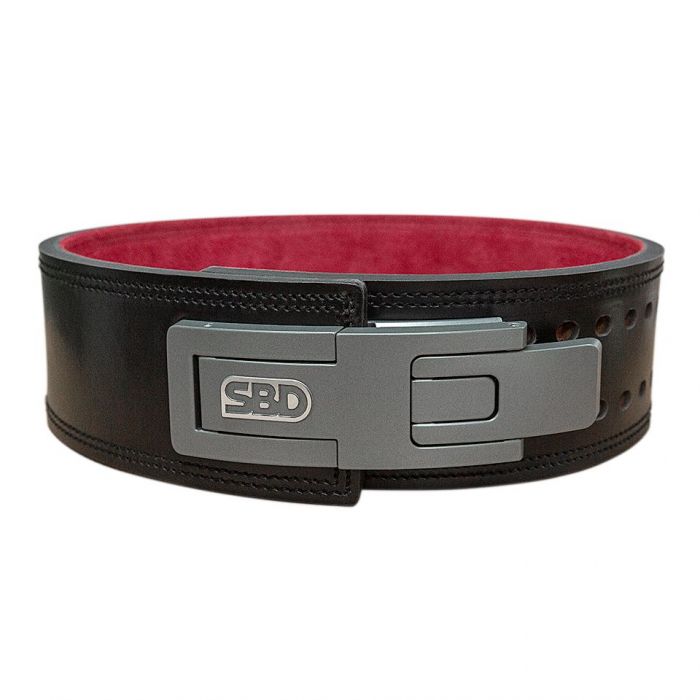We use cookies to make your experience better. We and our advertising partners collect data and use cookies for ad personalization and measurement. To comply with the new e-Privacy directive, we need to ask for your consent to set the cookies.Learn how we collect and use data Learn more.
Free Delivery on orders over £50 Free Click & Collect
How to Use A Lever Weight Lifting Belt
Weightlifting is an empowering and challenging form of exercise that requires the right equipment to ensure safety and performance. One such essential piece of equipment is the lever weight lifting belt, designed to provide support and stability during heavy lifts. In this blog, we will delve into the ins and outs of using a lever weight lifting belt effectively. By understanding its benefits and mastering the correct usage, you can take your weightlifting journey to new heights.
Understanding the Lever Weight Lifting Belt
Before we dive into the proper usage, let's take a moment to understand the lever weight lifting belt itself. Typically made from high-quality leather or sturdy nylon, the lever belt offers a combination of firmness and flexibility. The key feature of this belt is the lever mechanism that secures it in place, providing a more secure and customisable fit than traditional belts.
Choosing the Right Lever Weight Lifting Belt
To make the most of your weightlifting sessions, it is crucial to choose the right lever belt for your needs. Different belts come with varying widths, stiffness, and lever designs. Consider your body type, lifting style, and personal preferences when selecting the perfect belt for you. Additionally, ensure that the belt adheres to the standards set by the respective lifting federations if you plan to compete.
Proper Sizing and Adjustment
An ill-fitting belt can do more harm than good. To determine the correct size, measure your waist at your belly button and refer to the manufacturer's size chart. A well-fitted belt should feel snug but not uncomfortably tight. Once you have the right size, the next step is to learn how to adjust the lever for a proper fit. The lever should be tight enough to prevent any movement during lifts but not too tight to restrict your breathing or cause discomfort.
Wearing the Lever Weight Lifting Belt
Now that you have the right size and the lever adjusted correctly, it's time to put the belt on. Place the belt around your waist, positioning it just above your hips. The lever should be on your dominant side for easy adjustment. After securing the belt, pull the lever to tighten it, creating a solid foundation for your lifts. Remember that the belt should feel snug, supporting your core and lower back throughout the movement.
Breathing Techniques
As you wear the lever belt, it's essential to sync your breathing with your lifts. Proper breathing technique enhances intra-abdominal pressure, which stabilises your spine and supports your core. Before starting the lift, take a deep breath into your abdomen and brace your core. Maintain this tightness throughout the lift, and exhale at the top of the movement.
Using the Lever Belt for Different Lifts
The lever weight lifting belt is versatile and can be used for various lifts, including squats and deadlifts. For squats, position the belt just above your hips and brace your core before descending. During deadlifts, the belt should be placed slightly lower, around your midsection. Emphasise maintaining proper form and alignment to maximise the benefits of the belt during these lifts.
Common Mistakes to Avoid
While using a lever belt can be beneficial, there are common mistakes that lifters should avoid. One such error is relying too much on the belt, neglecting proper form and core engagement. The lever belt is a supportive tool, but it shouldn't compensate for weak technique. Focus on improving your lifting form and gradually increase the weight.
Safety Precautions
Safety is paramount in weightlifting, and the same goes for using a lever belt. Before each session, check the belt for any signs of wear or damage, as a compromised belt won't offer the necessary support. Moreover, don't over-tighten the lever, as it can lead to breathing difficulties and discomfort. Always listen to your body and never lift beyond your capacity.
Maintaining and Cleaning the Lever Belt
To ensure the longevity of your lever belt, proper maintenance is essential. Regularly clean the belt using a damp cloth and mild soap to remove sweat and dirt. Avoid immersing the belt in water, as it may affect its integrity. Additionally, store the belt in a cool, dry place, away from direct sunlight, to prevent deterioration.
Benefits of Using a Lever Weight Lifting Belt
The lever weight lifting belt offers numerous benefits that can elevate your weightlifting performance. By providing additional support to the lower back and core, it reduces the risk of injuries and allows you to lift more weight confidently. Additionally, the belt helps you maintain proper lifting form, promoting better overall results and gains.
Recommended Lifting Belts
Now that you know how to use a lever belt, let's get to the next step and get yourself one! Unlock your lifting potential with our highly recommended lifting belts, designed for optimal performance.
Urban Gym Wear Lever Belt £49.99
Experience the Urban Gym Wear Lever Belt - the ultimate 10mm thick genuine leather belt. Its non-slip suede finish ensures a sturdy grip during your intense workouts. With four rows of lock-stitched, high-density nylon, this belt is built to last. Tighten it effortlessly with the buckle, and conquer Squats, Deadlifts, Overhead press, and more in style.
Inzer Forever Lever Belt 13mm £180.00
Discover the game-changer that is the Inzer Forever 13mm Lever Belt! It's unbelievably quick and easy to use, thanks to the patented Lever for ultimate support. Tighten it up with a simple push,. The Lever Buckle stays rock-solid when worn tighter. You won't find this convenience elsewhere - it adjusts up to three inches tighter than regular buckles. Crafted from one solid thickness of the finest, select, exclusive leather, with six rows of lock-stitching featuring corrosive-resistant, hi-density nylon, this belt is built to last.
SBD Belt 13mm £220.00
Introducing the classic SBD Belt - a premium 13mm lever belt that stands out for its exceptional quality. It features a patented gliding lever, offering the best of both worlds - the adjustability of a prong belt with the convenience and snugness of a lever belt. Whether you need to size up or down during intense training sessions or competitions, this belt has got you covered. Meticulously designed in collaboration with world-class athletes, coaches, and health professionals.
Conclusion
Using a lever weight lifting belt can be a game-changer for weightlifters seeking enhanced performance and safety. By selecting the right belt, ensuring proper fit, and mastering breathing techniques, you can unlock the full potential of this invaluable tool. Remember, the belt is a supportive aid, not a substitute for proper form and technique. With consistency and dedication, incorporating a lever belt into your weightlifting routine can take your lifts to the next level while protecting your back and core.
At Nutrition Now, we are an independent retailer for high quality lever belts from amazing brands in the UK and Ireland. Make sure to check out our complete selection online!
FAQs
- Can beginners use a lever weight lifting belt? Yes, beginners can use a lever belt, but it's crucial to focus on mastering proper form before relying on the belt's support.
- How do I know if my lever belt is too tight? If you experience discomfort, difficulty breathing, or numbness in your limbs, your belt may be too tight.
- Can a lever belt prevent all back injuries? While a lever belt provides support, it cannot guarantee complete protection against all back injuries.
- Are lever belts allowed in all weightlifting competitions? Lever belts are generally permitted in most competitions, but it's best to check the specific federation's rules beforehand.
- How often should I replace my lever belt? If your belt shows signs of wear, such as fraying or stretching, it's time to consider a replacement for optimal safety and support.




